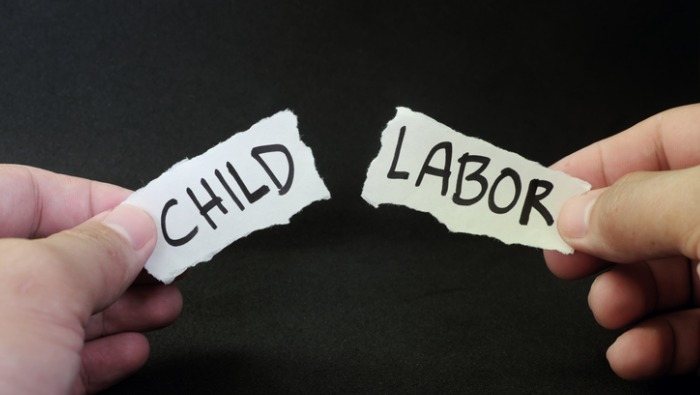On November 28th, 2023, the U.S. Department of Labor (DOL) issued a Field Assistance Bulletin (FAB) updating child labor penalties. According to the federal agency, in recent years, there has been a significant rise in child labor violations. Subsequently, the DOL’s Wage and Hour Division (WHD) implemented new procedures for assessing Child Labor Civil Money Penalties (CL CMP). Specifically, the agency believes that the increase is crucial in ensuring and protecting the safety and rights of young workers. Earlier, the WHD and the Equal Employment Opportunity Commission (EEOC) announced a partnership strengthening both agencies’ labor law enforcement efforts.
Increased Child Labor Penalties for Nonserious and Noninjury Violations
Published as Field Assistance Bulletin (FAB) No. 2023-4, the document includes multiple child labor violation enforcement changes. One of the updates is the introduction of new assessment procedures for nonserious injury and noninjury CL CMP calculations. According to the WHD, this marks a significant step in enforcing the Fair Labor Standards Act (FLSA) and deterring violations. Undeniably, the FLSA is the nation’s primary wage law and one of the major employment laws employers must follow.
Previously, the WHD assessed CL CMPs on a per-child basis. However, the new policy assesses penalties per violation, allowing for higher penalties. For example, multiple violations regarding a child’s employment could lead to multiple penalties, each potentially reaching the statutory maximum. Markedly, the FAB discusses the application of the FLSA’s CL CMP penalty provision, which currently provides for child labor penalties of up to $15,138 for each violation. However, the WHD could add 10 to 20% to the fines depending on the gravity of the violation.
New Factors in Assessing Penalties
To determine the seriousness of the situation, the WHD will apply eight new factors to each investigation. Specifically, those factors are:
- Repeated Violations. Has the employer previously violated child labor provisions?
- Are the violations willful?
- Number of Minors Employed. How many minors were unlawfully employed?
- Age of Minors. Was the minor employed below the legal age of employment? Did the employer keep proper records for every minor?
- Hazardous Work. Were the minors employed in violation of a Hazardous Occupations Order or an occupation prohibited by 29 CFR 570.33?
- Resultant Injury. Were the minors exposed to hazards and injured as a result?
- Duration of Illegal Employment. How long were minors employed in violation of the FLSA?
- Hours of Employment. What time of day did the violations occur? Was it during or outside of school hours?
To clarify, employers must remember they might face an additional 10 to 20% in penalties for EACH factor violation.
Employer Takeaways
In conclusion, the WHD’s updated procedures for assessing child labor penalties (effective immediately) display a commitment to combatting oppressive child labor. Businesses that employ minors must follow the child labor regulations included with the FLSA. Unquestionably, any child labor violations discovered could result in much higher fines and penalties than ever.

